Mathematics
Learning mathematics creates opportunities for and enriches the lives of all Australians. The Australian Curriculum: Mathematics provides students with essential mathematical skills and knowledge in number and algebra, measurement and geometry, and statistics and probability. It develops the numeracy capabilities that all students need in their personal, work and civic life, and provides the fundamentals on which mathematical specialties and professional applications of mathematics are built.
Mathematics has its own value and beauty and the Australian Curriculum: Mathematics aims to instil in students an appreciation of the elegance and power of mathematical reasoning. Mathematical ideas have evolved across all cultures over thousands of years, and are constantly developing. Digital technologies are facilitating this expansion of ideas and providing access to new tools for continuing mathematical exploration and invention. The curriculum focuses on developing increasingly sophisticated and refined mathematical understanding, fluency, reasoning, and problem-solving skills. These proficiencies enable students to respond to familiar and unfamiliar situations by employing mathematical strategies to make informed decisions and solve problems efficiently.
The Australian Curriculum: Mathematics ensures that the links between the various components of mathematics, as well as the relationship between mathematics and other disciplines, are made clear. Mathematics is composed of multiple but interrelated and interdependent concepts and systems which students apply beyond the mathematics classroom. In science, for example, understanding sources of error and their impact on the confidence of conclusions is vital, as is the use of mathematical models in other disciplines. In geography, interpretation of data underpins the study of human populations and their physical environments; in history, students need to be able to imagine timelines and time frames to reconcile related events; and in English, deriving quantitative and spatial information is an important aspect of making meaning of texts.
The curriculum anticipates that schools will ensure all students benefit from access to the power of mathematical reasoning and learn to apply their mathematical understanding creatively and efficiently. The Mathematics curriculum provides students with carefully paced, in-depth study of critical skills and concepts. It encourages teachers to help students become self-motivated, confident learners through inquiry and active participation in challenging and engaging experiences.
- Free Plan
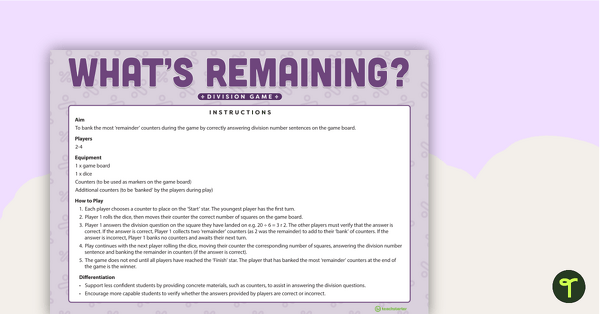
What's Remaining? Division Board Game
A fun board game to play to when learning to solve division problems involving remainders.
- Plus Plan
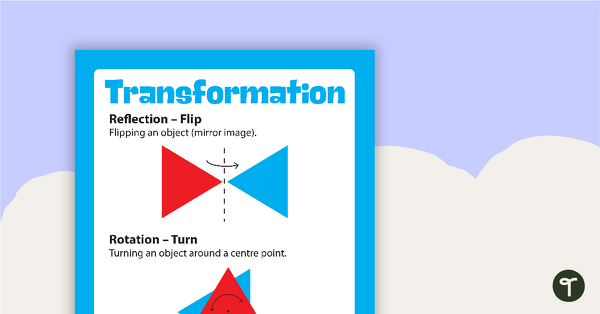
Transformation Poster and Worksheets
A poster and worksheets to teach children about transformations.
- Plus Plan
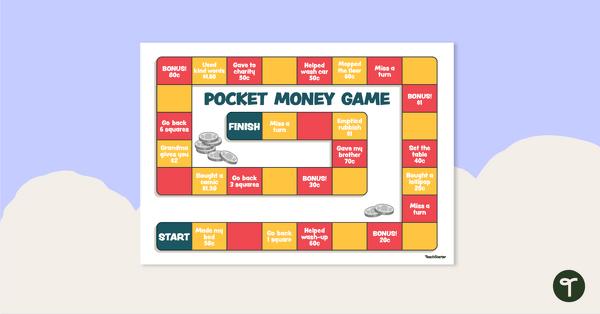
Pocket Money Board Game
Use this pocket money board game to introduce your students to the concept of money management.
- Plus Plan
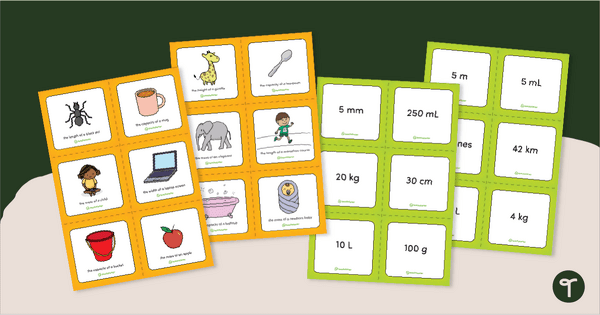
How Much Does It Measure? Match-Up Activity (Length, Mass and Capacity)
Reinforce measurement concepts of length, mass and capacity with 18 printable matching cards.
- Free Plan
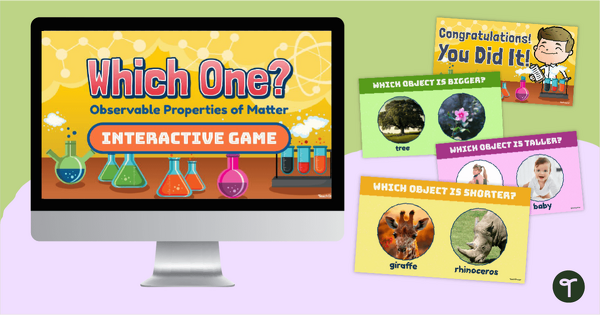
Observing Matter - Foundation Year Science Game
Practise observing the properties of matter with an engaging science game for foundation year students.
- Plus Plan
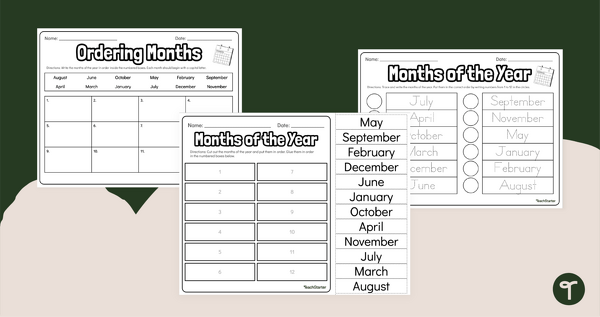
Months of the Year Worksheets - Ordering
Use these Months of the Year printables to help your students with the months of the year.
- Free Plan
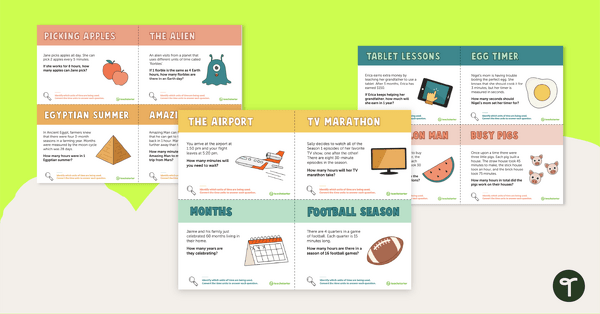
Converting Units of Time – Task Cards
Practise converting time with a handy set of free Time Unit Conversion Task Cards.
- Plus Plan
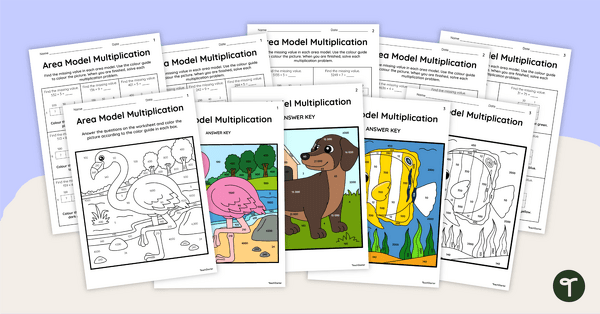
Area Model Multiplication – Colour by Number Worksheet Pack
Download this colour-by-number worksheet pack for your students to practise using the area model when multiplying multi-digit numbers.
- Plus Plan
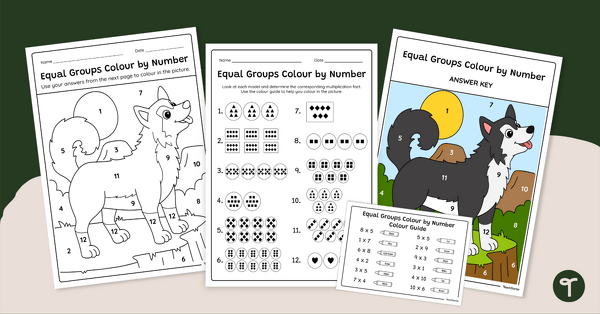
Multiplication With Equal Groups – Colour by Number Worksheet
Guide your students to determine a multiplication problem for an equal groups model with this colour-by-number worksheet.
- Plus Plan
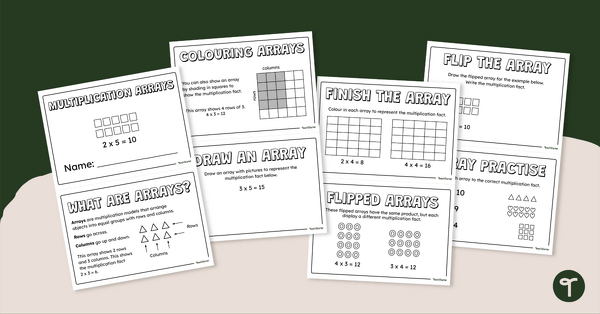
Multiplication Arrays Mini-Book
Teach your students about multiplication and array models with this printable mini-book.
- Plus Plan
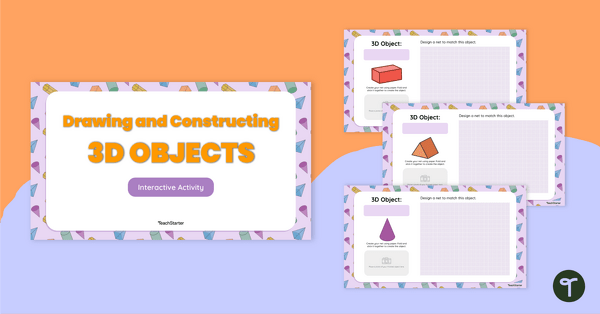
Drawing and Constructing 3D Objects – Interactive Activity
Construct digital and physical nets of some common 3D objects with this hands-on digital learning activity.
- Plus Plan
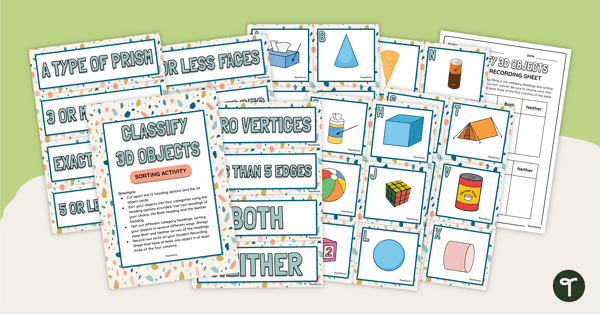
Classifying 3D Objects Sorting Activity
Play this sorting game when learning how to classify 3D objects according to their properties.
- Plus Plan
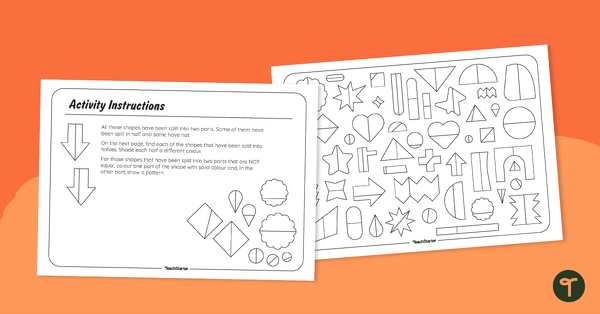
Is It Half? Fractions Colouring Sheet
Introduce your students to the concept of halves as well as equal and unequal parts with this fractions colouring sheet.
- Plus Plan
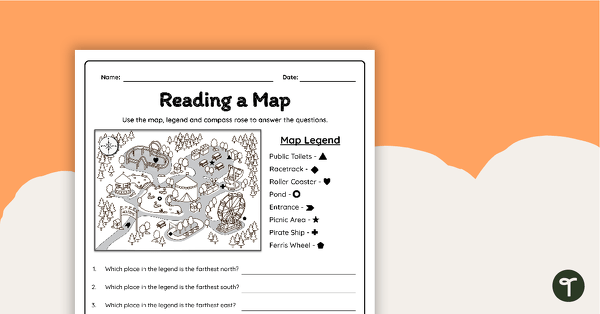
Reading a Map Worksheet
Develop map skills with a map-reading worksheet.
- Plus Plan
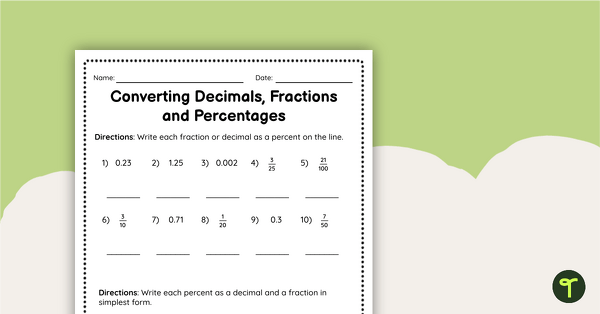
Converting Decimals, Fractions and Percentages – Worksheet
Strengthen your students’ understanding of how to convert a percent to a decimal and a fraction with this worksheet.
- Plus Plan
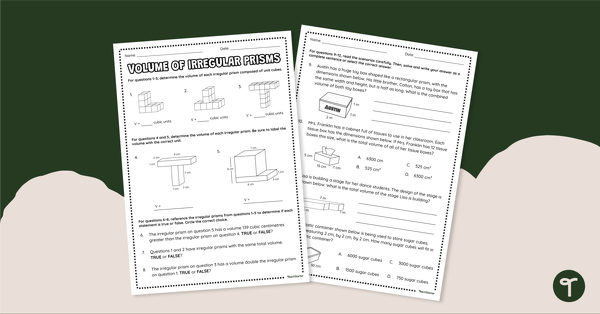
Volume of Irregular Prisms – Worksheet
Calculate the volume of irregular prisms and solve real-world problems with this worksheet.
- Plus Plan
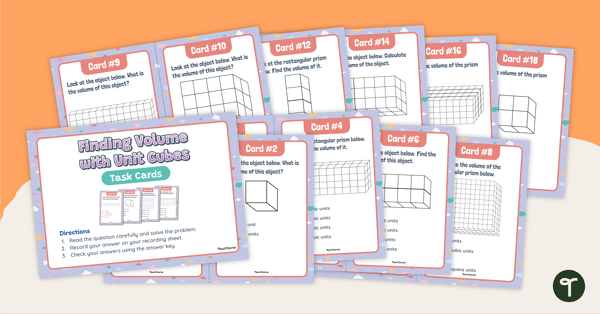
Finding Volume with Unit Cubes – Task Cards
Count unit cubes to determine the volume of a rectangular prism with this set of 24 task cards.
- Plus Plan
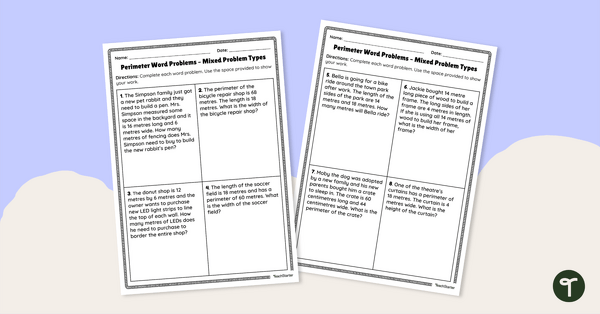
Mixed Perimeter Word Problems Worksheet
Use this perimeter word problems worksheet to give your students practice calculating the perimeter of shapes.
- Plus Plan
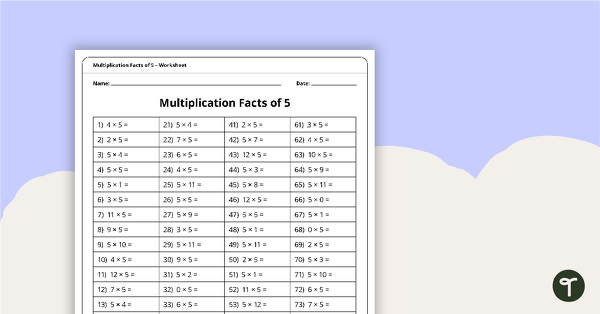
Multiplication and Division Speed Drill Worksheets – Facts of 5
A set of worksheets to help students develop fast and accurate recall of the five times tables.
- Plus Plan
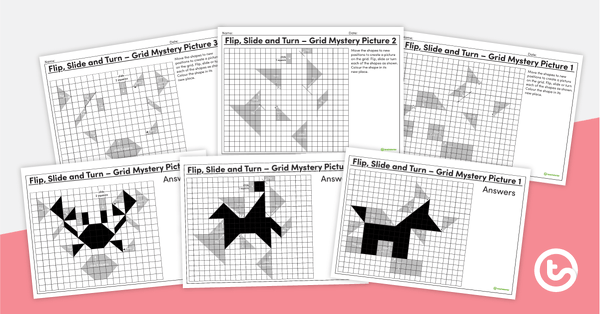
Flip, Slide and Turn – Grid Mystery Pictures
A worksheet to practise flips, slides and turns.
- Plus Plan
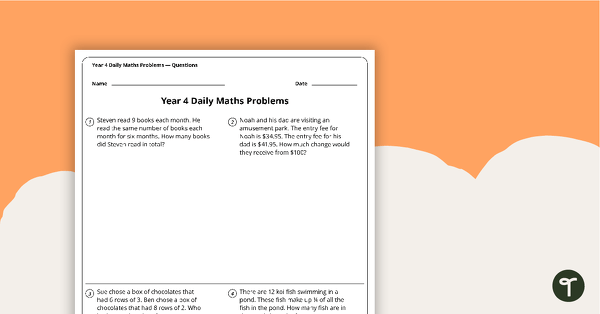
Daily Maths Word Problems - Year 4 (Worksheets)
A set of 20 problem-solving questions suited to year 4 students.
- Plus Plan
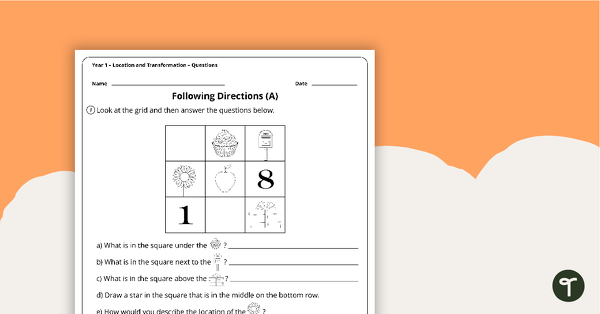
Location and Transformation Worksheets - Year 1
2 location and transformation worksheets linked to the Australian Curriculum.
- Plus Plan
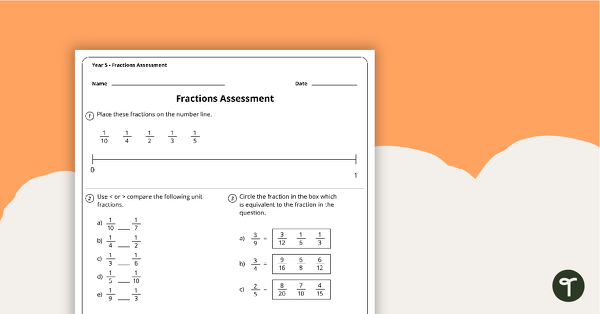
Fractions Assessment - Year 5
A three-page assessment covering various fractions concepts.
- Plus Plan
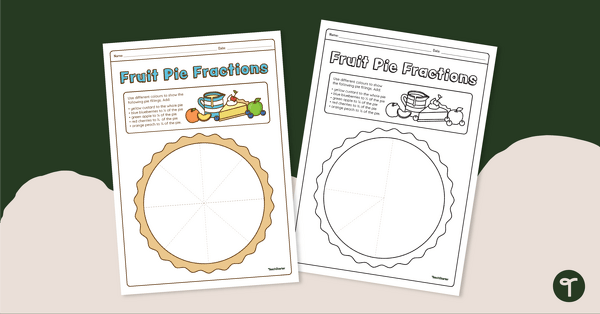
Fruit Pie Fractions Worksheet
Use this fractions of a circle worksheet to help your students explore halves, quarters and eighths.
- Plus Plan
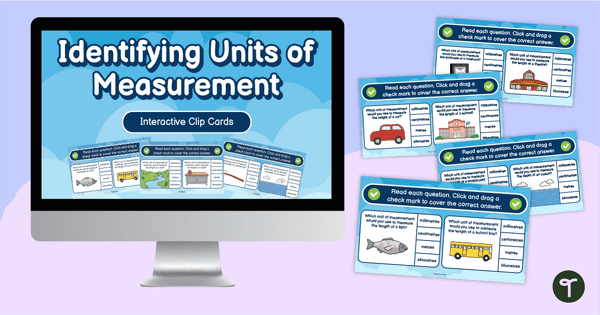
Identifying Units of Measurement Interactive Clip Cards
Identify whether objects should be measured in millimetres, centimetres, metres, or kilometres with interactive drag-and-drop clip cards.
- Plus Plan
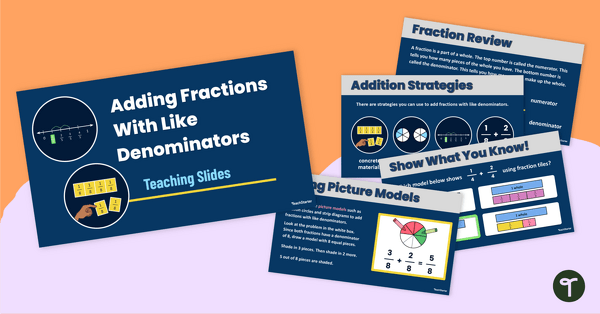
Adding Fractions With Like Denominators Teaching Slides
Teach your students how to add fractions with like denominators using a variety of strategies with this comprehensive slide deck.
- Plus Plan
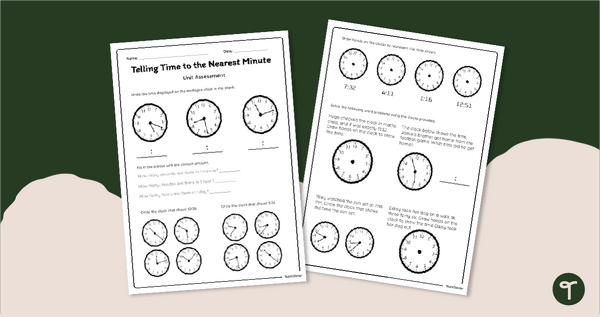
Telling Time to the Nearest Minute Test
Assess your student's abilities to tell time to the nearest minute with a Telling Time to the Minute Unit Test for Year 3.
- Plus Plan
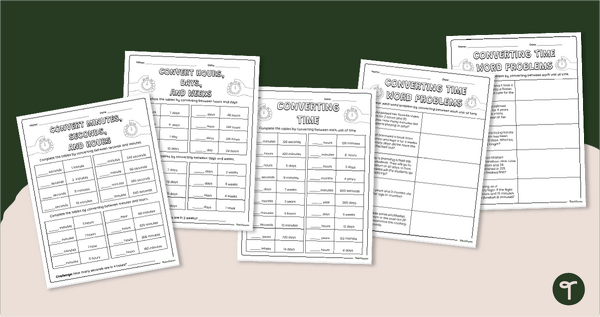
Measurement Conversion Worksheets - Units of Time
Use a set of printable measurement conversion worksheets to practice converting units of time.
- Free Plan
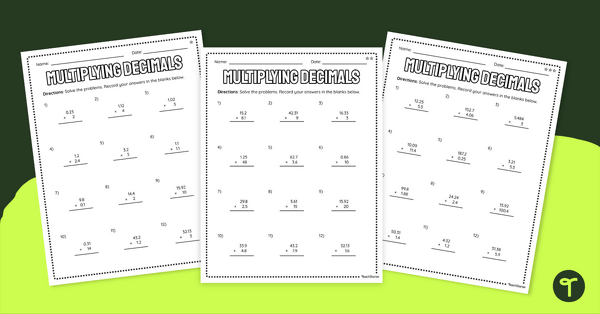
Multiplying with Decimals – Differentiated Worksheets
Strengthen computation skills with this set of decimal multiplication worksheets.
- Free Plan
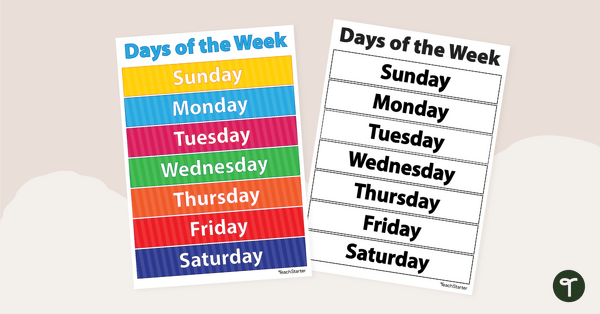
Days of the Week Poster
Display the days of the week with a bright and cheery Days of the Week Poster.
- Plus Plan
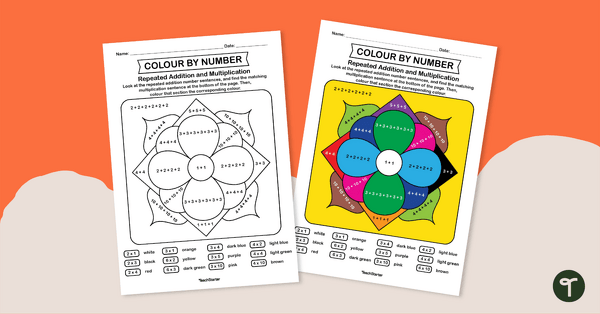
Colour by Number – Repeated Addition and Multiplication
Guide your students to connect repeated addition with multiplication by completing this colour-by-code multiplication worksheet.
- Plus Plan
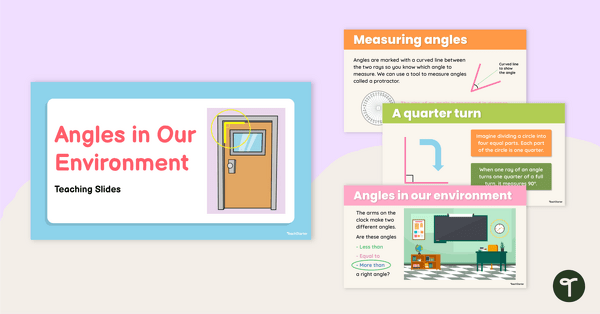
Angles in Our Environment Teaching Slides
Explore angles in the environment using this comprehensive teaching presentation for Year 3 students.